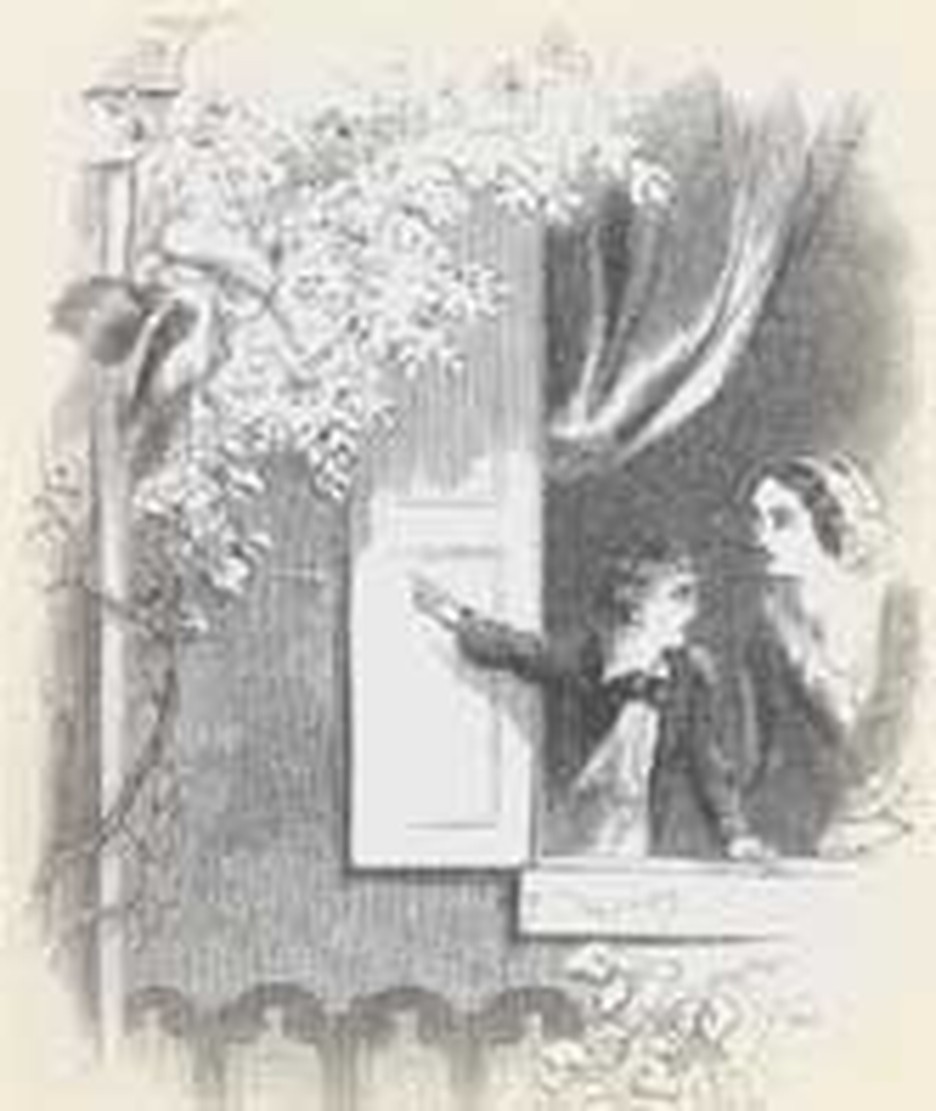
As if they were one person, two thousand delegates jumped to their feet. "Aye, aye," their bodies seemed to shout as they united in approval of the measure just introduced.
It was on this day May 25, 1830 in Philadelphia. Just six years earlier, on the same day, the American Sunday School Union had adopted its name and constitution. Now the members were pledging themselves to take on an enormous task. The motion that had brought them to their feet was this:
"Resolved, that the American Sunday School Union, in reliance upon Divine aid, will, within two years, establish a Sunday school in every destitute place where it is practicable, throughout the Valley of the Mississippi."
In just two years they hoped to reach over 4,000,000 people in an area of over 1,300,000 square miles!
The first year the American Sunday School Union sent out 49 missionaries. The next year, they sent out 112. Such small numbers could not hope to do the job alone. And, of course, they weren't expected to. They were told to recruit helpers in every little community. Their instructions could be boiled down to this: Start a class, teach it, and where possible find a Christian man or woman willing to lead it, give that person a bundle of books and tracts and set him or her to work.
"We're all Presbyterians around here," someone might say in a challenging tone. "What are you? A Methodist?" The missionary could explain that his literature was non-denominational. It didn't promote any particular church. Instead it offered studies straight from the Bible. Thanks to the neutral tone of the lessons, the same Sunday school could belong to everyone. In one Illinois village, a Sunday school brought together three Catholic families, two Scottish Presbyterian homes, three or four Anglican households, several Baptists and some people who did not believe in Christ at all.
In those days there were few public schools. Sunday schools taught people to read and showed them how they could become voters. That made Sunday schools popular, making it possible for families to keep contact with distant members through letter writing. Education drew them into the life of the nation. And for families living alone in the woods or on the prairie, it was wonderful to look up and see the unfamiliar face of a missionary with news from the rest of the nation. Later, the Sunday School Union published Christian fiction that made reading a lot more fun for children.
The task was so big and the country was growing so fast that the job didn't get done in two years or in three. In fact, the American Sunday School Union was still hard at work under greatly different conditions in 1974 when it changed its name to American Missionary Fellowship.
Bibliography:
- Boylan, Anne M. Sunday School : the formation of an American institution, 1790-1880. New Haven : Yale University Press, c1988.
- Fergusson, Edmund Morris. Historic Chapters in Christian Education in America; a brief history of the American Sunday school movement, and the rise of the modern church school. New York: Fleming H. Revell Company, 1935.
- "Our History and Heritage." American Missionary Fellowship. https://www.americanmissionary.org/history.shtml
- Seymour, Jack L. From Sunday school to church school : continuities in protestant church education in the United States, 1860 - 1929. Washington, D.C. : University Press of America, 1982.
- Various internet articles.
.jpg)


.jpg)